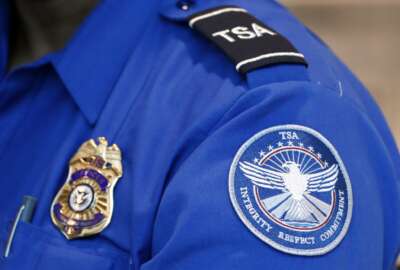NASA safety panel expresses ‘disquiet’
For the second year in a row, NASA's safety panel points out a "growth over time in the maximum acceptable Loss of Crew probabilities."
NASA is pushing full steam ahead on its plans to replace the Russians with private, U.S. rocket companies to lift astronauts to the Space Station. It’s pushing the schedule so hard, it might be courting disaster. That’s according to the just-out 2015 report from the Aerospace Safety Advisory Panel (ASAP), NASA’s internal watchdog.
Haven’t we seen this before? NASA, for all it’s given to science and mankind’s sense of accomplishment, has had its share of disasters. Each was exhaustively examined by presidential commissions. To some extent these disasters, and the loss of life associated with them, are inevitable when pushing the limits of engineering the way NASA does. Not just NASA but the whole nation has accepted that risk.
Every federal agency is supposed to identify and manage its risks. For NASA, risk management is especially important because of the high costs of its disasters.
No one at NASA has anything but the life of crews and success of missions as his or her highest priority. Everyone knows space exploration, rocket launching and such are inherently dangerous activities. The issue in the ASAP report is the creeping acceptance of a little risk here, a shaved margin there. The safety panel calls this “accretion of risk.”
That accretion worries the panel. For the second year in a row, ASAP reports “a growth over time in the maximum acceptable Loss of Crew probabilities.” Risks, when stacked on top of one another, don’t just add up; they multiply.
Recall the some 1,500 lives lost when the Titanic sank. Standard practice at the time was loaded with risky assumptions. Its crew knew icebergs were nearby, but the captain ordered full speed ahead in the dark. Too few people aboard knew what to do or how to react. The ship would float with four flooded compartments, but five ended up ruptured in the collision. Lifeboats were neither designed nor intended for taking on all the passengers and crew. The list goes on and on. While the dangers multiplied, people at the time considered ocean traveling completely safe.
ASAP says most of the risk accretion occurs in NASA’s Exploration Systems Development program. It’s a kind of catchall program gathering together many projects related to what NASA calls development of the nation’s next generation of human exploration systems. The safety panel worries sloppy practices in ESD could spill over to the Commercial Crew Program, the one under which NASA will someday use Boeing and SpaceX to take astronauts into near-earth orbit. The safety margins and engineered-in systems for a shuttle way exceed those of similar-looking craft for ferrying cargo. As ASAP points out, recent years have brought plenty of crashes of those.
For ESD, the panel lists some risks that lead to what it calls its “disquiet.” It cites an erosion of component testing frequency and rigor, deletion of pyrotechnic shock/separation testing, a heat shield that will only be tested once before using it on a crewed mission, and fading memories of lessons learned because of personnel loss. No wonder the ASAP has disquiet.
As for the Commercial Crew Program, the ASAP points to “lack of formality or ‘paperwork’ aspects of design decisions and changes.” That, it says, could lead to an unplanned and undesirable increase in risk acceptance. The panel goes on to recommend a list of procedures for tightening up accountability and risk management.
Practically at the moment the ASAP posted its report on the NASA website, Administrator Charles Bolden posted a justifiably upbeat blog about the commercial market for launching people into low earth orbit. The ASAP found plenty to praise about NASA. For instance, it gave high marks to the program that develops the capability of carrying people to Mars. It didn’t scream about threat of an imminent blowup, but rather — and rather quietly — recommended where to tighten up a crucial piece of its program management.
I was having a late lunch with a colleague in a bar in Watertown, Massachusetts when the Challenger disaster occurred in 1986. We stared at the television set, speechless. You don’t forget those images or where you were when it happened. The incident became a classic case of disaster resulting from a toxic combination of bad decision-making, poor risk management, an overly go-go mentality, and simple disregard of certain known knowns. What people may not remember as clearly is this: Nearly three years passed before the next Space Shuttle launched.
Copyright © 2024 Federal News Network. All rights reserved. This website is not intended for users located within the European Economic Area.
Tom Temin is host of the Federal Drive and has been providing insight on federal technology and management issues for more than 30 years.
Follow @tteminWFED







